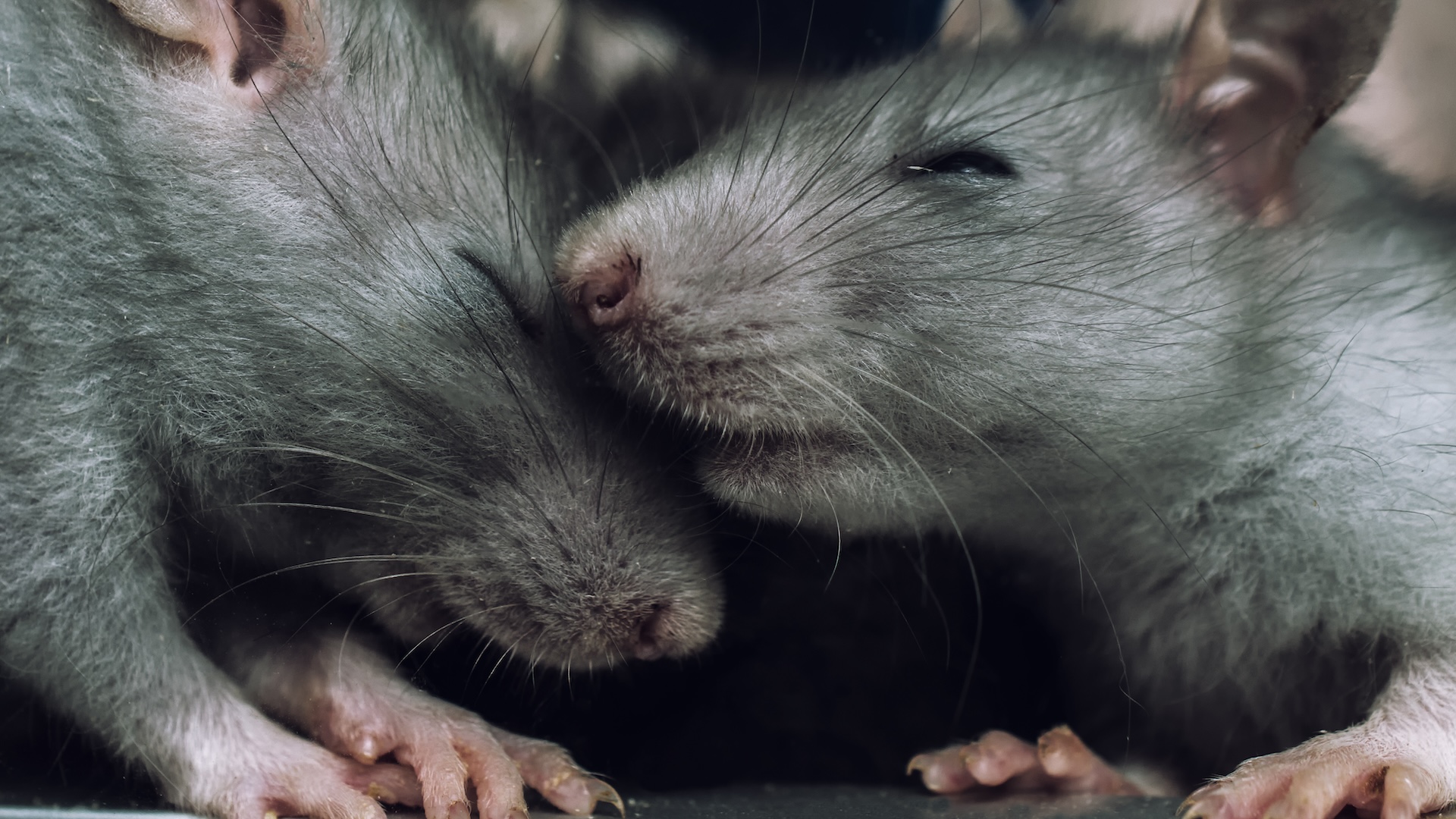People with Type 2 Diabetes Fall into 3 Distinct Groups, Study Finds

Type 2 diabetes doesn't affect every person who has it in exactly the same way, but now, a new study shows that people with Type 2 diabetes can be divided into a few distinct groups.
In the study, researchers used a "big data" approach to look at people with Type 2 diabetes; scientists combed through the medical records of about 2,500 people with the condition, looking at huge amounts of data on the individuals' genetic information, health and symptoms. The scientists found that there are actually three groups of people with Type 2 diabetes, each with a different set of problems associated with the disease.
The findings show "there are statistically meaningful differences between patients," said Joel Dudley, the leader of the study and the director of biomedical informatics at the Icahn School of Medicine at Mount Sinai Hospital in New York. About 29 million people in the United States have diabetes, and 90 to 95 percent of those people have Type 2, according to the Centers for Disease Control and Prevention.
In people with Type 2 diabetes, the body has lost its ability to produce insulin or use it efficiently, leading to high levels of sugar in the blood. Risk of developing the condition generally rises with age, and it is more common among people who are overweight or obese, as well as those who don't get enough exercise. [9 Healthy Habits You Can Do in 1 Minute (Or Less)]
To analyze the differences among patients, the researchers treated each patient as a "node," or a connection within a network. The scientists connected patients to one another based on their similarities to each other. For example, a female patient with a high body mass index and kidney disease would be strongly connected to other patients with those traits, and less strongly connected with patients who had different characteristics.
"We looked beyond what is defining the disease," Dudley said. The researchers wanted to use all of the information available on the patients, he said.
Treating the similarities between patients as a network connection allowed the researchers to "cluster" the individuals in distinct groupings.
Sign up for the Live Science daily newsletter now
Get the world’s most fascinating discoveries delivered straight to your inbox.
The investigators found that the patients in one group (which the researchers called subtype 1) tended to be younger, with a higher risk of obesity, kidney disease and the retina problems that can lead to blindness, as compared to people outside this group. They also had lower white blood cell counts.
A second group (subtype 2) showed a greater propensity for both cancer and heart disease, but also tended to have lower BMIs — they were less likely to be obese. The third group (subtype 3) showed a higher prevalence of heart disease as well, but also had a higher risk of mental illness and allergies.
More research is needed to see if the findings can be confirmed in other groups of patients. But if these groupings hold true, they may help doctors offer their patients more-specific ways to manage their conditions. "If you're in the high-cancer-risk group, maybe I'm cutting in half the time between [cancer] screenings," Dudley said.
The researchers also found that the patients' genetic profiles revealed thousands of genetic variants called single nucleotide polymorphisms, or SNPs, in hundreds of genes. Those variants were similar among the people within each of the three subtypes.
Dudley said that this showed the groupings of diabetes patients reflected real differences in their conditions, and even suggest that a genetic test could one day show which subtype a patient has.
Follow Live Science @livescience, Facebook & Google+. Original article on Live Science.











